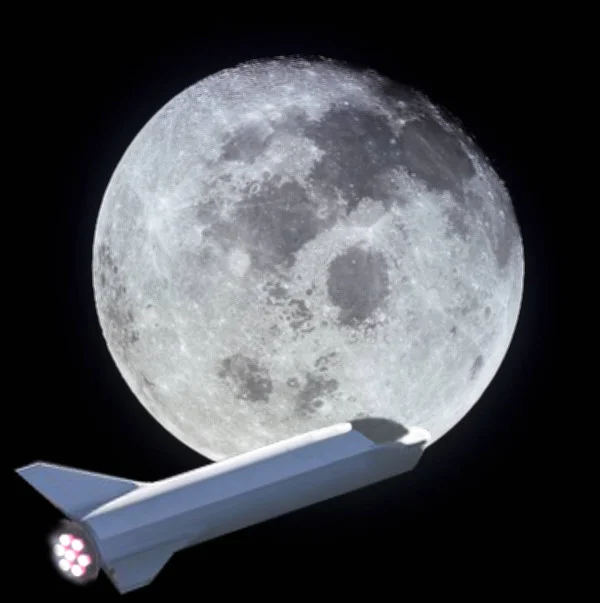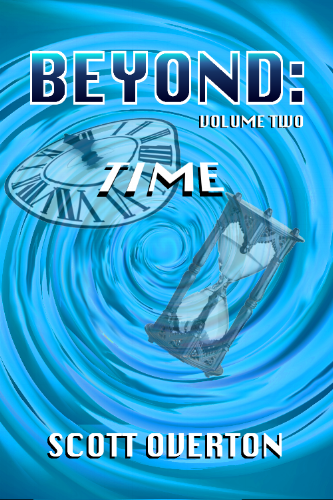WHERE HAVE ALL THE E.T.'S GONE?
/It’s strange that, living on a planet that teems with millions of different species, humans wonder if we’re “alone in the universe”.
The question usually refers to conscious, thinking beings like ourselves, not just any form of life. But the first step to knowing if there are other sentient beings in the cosmos is to find out if there is any kind of life beyond Earth at all. That’s not an easy search.
For one thing, it’s only in the past few decades that we could say for certain there are planets orbiting stars other than our own sun. It didn’t make sense that our sun would be one-of-a-kind, but it took modern astronomical equipment and detection methods to confirm the existence of extrasolar planets. Now astronomers speculate that most stars probably have planets, and most likely have one or two planets in the so-called habitable zone, which we define as habitable because their orbits should provide surface temperatures that allow for liquid water. It bears saying that the liquid water temperature range is what we humans and similar life forms require for survival, but even here on Earth we’ve discovered life forms that exist in hellishly extreme conditions, like deep-sea volcanic vents and under Antarctic ice. Plus we can imagine life based on elements like silicon instead of the carbon molecules that construct Earth organisms, increasing the number of planets that might be inhabitable by some kind of life. Given that there are hundreds of billions of stars in a galaxy and hundreds of billions of galaxies in the universe, the number of possibly-habitable planets is… really, really high! And let’s not forget that uninhabitable planets, like gas giants, might have habitable moons. (Jupiter’s moon Europa is a strong possibility for hosting life.) That multiplies the numbers yet again.
All of this should give a boost to science fiction writers because, in all the vastness of the universe, every one of our stories about strange alien species and civilizations could be reasonably plausible.
The skeptic will ask, “So where is everybody?” (known as Fermi’s Paradox.)
Which brings me to my second point, that signs of life are really hard to identify as such because they could have other causes. For example, living species are known to have provided Earth’s atmosphere with oxygen, but it can be produced by other chemical processes, too—oxygen markers in the spectral analysis of a planet’s atmosphere are no guarantee of life. So when it comes to basic life in general, we can identify places that have conditions we believe would support life, but we can’t know it’s actually there until we go and take samples. Look how challenging that’s been on Mars, and it’s the planet next door!
It should be easier to find signs of advanced alien life-forms because we expect civilizations to give off indications of high energy use, or even radiate electromagnetic transmissions like the TV and radio signals we’ve been shooting off into the void for decades. Except we have no reason to expect that an alien species would have senses comparable to our vision and hearing—they might not even be able to detect our TV and radio signals, much less interpret them, and we might not be able to detect their forms of communication. There could be lots of civilizations relatively near to us, yet communicating and using energy in ways so different from our own that we don’t recognize what we’re looking at. Or we’re not using the right instruments to distinguish them at all.
The difficulty is made many times worse by the vastness of the universe. In a recent study published in The Astronomical Review, the researchers wondered how much of the local galactic neighbourhood had actually been searched by SETI efforts (Search for Extraterrestrial Intelligence), listening for potentially alien radio signatures. They picked a zone of space roughly 33,000 light years across, comprising a good portion of our galaxy’s densest part plus nearby globular clusters, and they determined that, proportionally, the area that had been effectively searched was the equivalent of a bathtub of water compared to all of Earth’s oceans. I guess there’s a chance we could have missed something!
SETI was relegated to a back burner for a few years, but has now been welcomed back into the astrobiology fold, and there’s no doubt we will continue to expand the areas of space that we’re searching and improve our search methods.
Technology can be great. But will we put as much effort into the implications of all this? There are lots of big questions to be answered. How will our society cope with the knowledge that life exists elsewhere, especially if it’s an advanced species? How will we, as a race, behave when we encounter such life?
I’ll get into those things a little more in my next post. So keep your fingers crossed that ET doesn’t show up before then!











